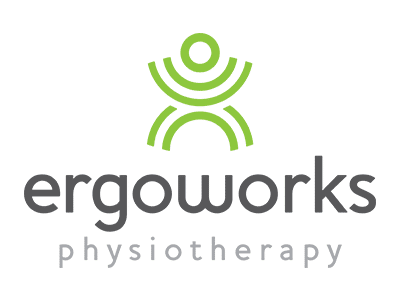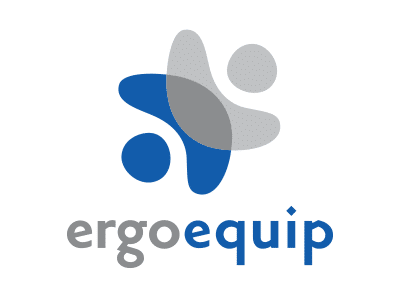Frequently Asked Questions
How much does an ergonomic assessment cost?
We offer a variety of different ergonomic assessments. Please contact us if you would like to learn more about our services and costs.
Is the consultant in person or virtual?
Depending on your preferences and/or circumstances, we offer both in-person and virtual consults.
What areas do you service?
We are a national ergonomic consulting company, we provide our services all across Australia.
Where are you located?
Our Head Office is based in Sydney CBD.
How long does the assessment take?
Our assessments range anywhere from 15-30 minutes.
Do we get another assessment when things change for our business or next year?
Yes, we recommend getting another assessment done when things change (e.g. new office location, office fit-out, changes to home workstation)
Why is Hybrid Work Important?
Hybrid work is important as it offers a flexible and balanced approach to work. It allows employees to combine in-office and remote work, promoting work-life balance, increased productivity, and adaptability to changing circumstances..
Is hybrid work stressful?
Hybrid work can reduce stress for many individuals, as it provides a balance between office and remote work. However, the experience varies from person to person. Effective communication, time management, and clear work boundaries can help reduce stress in a hybrid work model.
Is hybrid work worth it?
The worth of hybrid work depends on individual and organizational needs. For many, it offers a valuable balance, but its success depends on effective planning, communication, and the ability to adapt to changing work environments.
How many days do you need for hybrid work?
The number of days needed for hybrid work varies depending on your role, responsibilities, and organization’s policies. Hybrid work can range from a few days per week to more, with the flexibility to adjust based on your needs.
What is manual handling training?
Manual handling training is a program designed to educate individuals on safe and efficient techniques for lifting, carrying, and moving objects in a way that minimizes the risk of injury or strain.
What is the qualification for manual handling?
Qualifications for manual handling training can vary by region and organization. In many cases, a certified trainer or organization offers this training, and participants receive a certificate upon completion.
What are the 4 key areas of manual handling
The four key areas of manual handling training typically include:
- Risk Assessment: Identifying potential hazards and risks associated with manual handling tasks.
- Safe Lifting Techniques: Teaching proper body mechanics for lifting, carrying, and moving objects.
- Use of Equipment: Explaining the use of appropriate equipment to aid manual handling tasks.
- Practical Application: Hands-on practice and demonstrations of safe manual handling techniques
What is the best practice ergonomic assessment?
The best practice ergonomic assessment is a comprehensive evaluation of a workspace to ensure it promotes comfort, productivity, and the well-being of employees. It involves assessing factors like chair and desk ergonomics, monitor placement, lighting, and employee posture. Employing an experienced ergonomic consultant can help achieve the best results.
When should you perform an ergonomic assessment?
Ergonomic assessments should be conducted under the following circumstances:
- New Workspace: When setting up a new workspace or office to ensure it’s ergonomically optimized from the start.
- Job Change: When an employee changes roles, tasks, or equipment that may impact their ergonomics.
- Employee Discomfort: If an employee reports discomfort or pain related to their workspace.
- Regularly: It’s advisable to perform periodic assessments, ideally annually, to proactively address potential issues.


